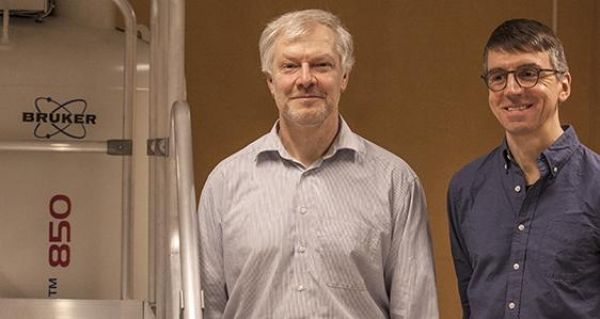Due to their worldwide distribution, trees have an extraordinary role in removing excessive amounts of CO2 released by our highly industrialized and mobile modern societies from the atmosphere. So far however, no tool exists which would enable scientists to precisely calculate the carbon dioxide uptake of trees over their whole lifetime. Using a decade-long sequence of annual growth rings from pine trees, scientists at the Nuclear Magnetic Resonance Laboratory, NMR for Life, at Umeå University’s Chemical Biological Centre, (KBC) have introduced a highly advanced technique for tracking the carbon metabolism of plants and its environmental controls. This technique lays the foundation for much improved parameterizations of climate change and global vegetation models, which will tell what the future holds in store.
Carbon dioxide (CO2) uptake by plant photosynthesis is generally seen as a way to counteract steadily increasing concentrations in atmospheric CO2 and climate change. In short-term experiments, elevated CO2 has been found to increase photosynthesis, but it is uncertain if this fortuitous effect will persist over the coming decades and under changing climates.
Researchers at the Department of Medical Biochemistry and Biophysics at Umeå University, Sweden, have been working during the last years to develop methods that allow for refinement of climate models, to assess the role of plants to reduce the carbon dioxide concentration in the atmosphere, and also to elucidate how plant metabolism is affected by climate change. These questions cannot be answered using short-term experiments, therefore the Umeå researchers use archives of plant material, and search for traces of processes over decades. In previous publications, the research group of Jürgen Schleucher showed that vegetation models should consider the entire metabolism of the plants. They previously used historic plant material in herbariums to study the development of photosynthesis and metabolism in plants over a longer period of time and thus were able to make predictions for the future under changed climate conditions.
Read more at Umea University
Image: Jürgen Schleucher (left) and Thomas Wieloch (right), the first author and the head of the research project. (Credit: Eva-Maria Diehl)


